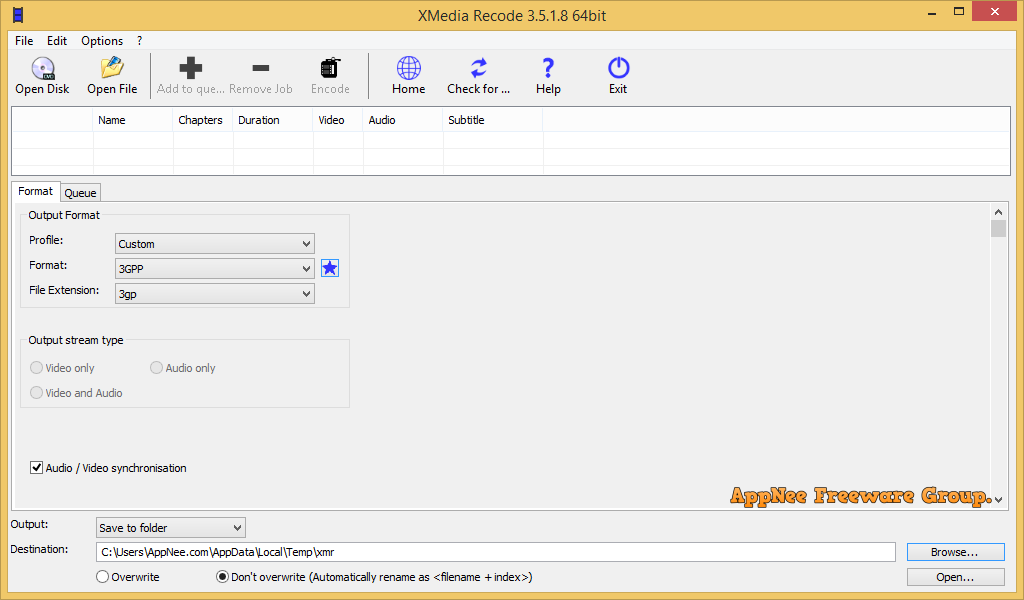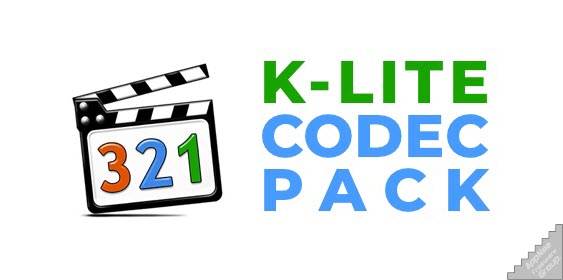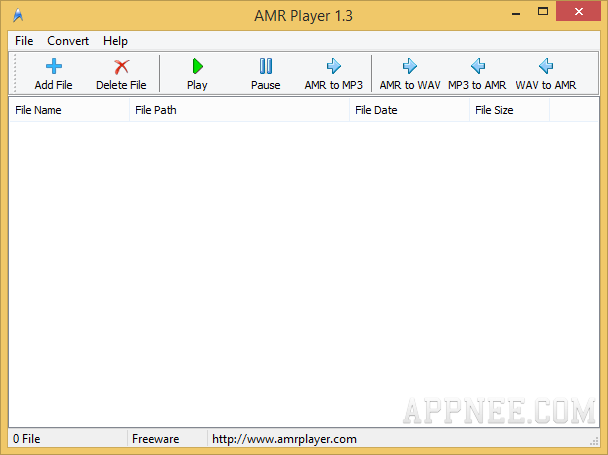#6583

LAV Filters (AKA: LAVFSplitter) is a set of free, open source DirectShow splitters and audio & video decoders based on the libavformat/libavcodec library in the FFmpeg project, developed by Hendrik Leppkes (Nevcairiel) from Germany. It is currently one of the most commonly used decoding filters, supports decoding/playback of almost any media format, and has excellent hard decoding capabilities.
Loading...
#5307
Because the supporting degree for audio/video formats varies from media device to media device, it is not possible for the same video to be played properly on every device. And with the advent of more and more video formats, it's harder to get a piece of hardware that's compatible with all media file types on the market. Even on a computer, it is impossible to install decoders for all media formats. In this case, multimedia format conversion tools come in handy.

Loading...
Loading...
Loading...
#4439

The Windows inbuilt Windows Media Player is at a loss what to do to all popular video formats and HD audio formats existing on the Internet. However, as long as you have Windows installed a codecs pack (i.e., all kinds of audio/video decoders), then Windows Media Player will instantly become a universal, all-around multimedia player. Of course, this solution same applies to other media players on Windows.
Loading...
Loading...
Loading...
Loading...
#4033
All relevant information of a audio/video file is stored in the file's header area, including duration, codec id, aspect, frame rate, bit rate, sample rate, channels, bit depth, language, etc. MediaInfo can obtain and utilize these info from the header of a media file with ease, which is very helpful for media software developers. If you just want to know the codec info of some movie or music file that could not be recognized or played correctly, you can use MediaInfo to check its technical & tag data.

Loading...
Loading...
Loading...
Loading...
#3070

AMR (Adaptive Multi-Rate) is the most widely used, compact voice standard in the mobile communication systems (its audio file size per second can be controlled at about 1KB). It was known as the most common saving format for mobile phone audio recording (including old-fashioned ringtone formats) and widely recognized by each big mobile phone manufacturer. At the same time, it is also the only audio format that implemented loading vocals in the MMS.
